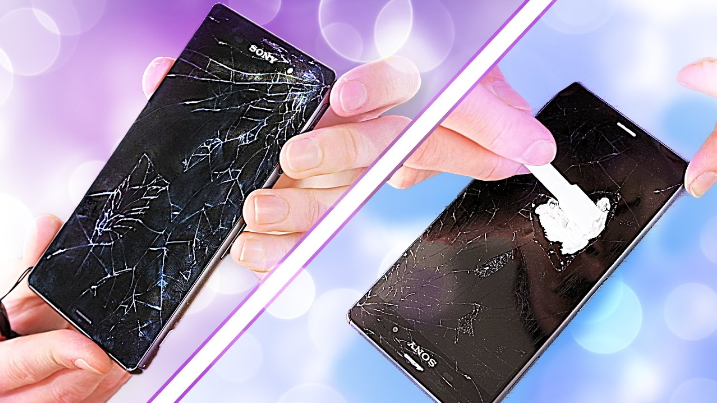Introduction
In today’s fast-paced digital world, a broken phone screen can be a significant setback. Whether it’s a minor crack or a shattered display, dealing with a damaged phone screen is an inconvenience that many of us have faced. This guide aims to provide detailed and practical advice on phone screen repair, ensuring that you can restore your device to its optimal condition.
Understanding the Importance of Phone Screen Repair
Why Screen Repair is Crucial
A damaged phone screen can lead to several problems beyond the obvious aesthetic issues. Cracks and breaks can compromise the touch functionality, making it difficult to use your device. Additionally, a broken screen can expose the internal components to dust and moisture, potentially leading to more severe damage.
Risks of Ignoring a Broken Screen
Ignoring a damaged screen can exacerbate the issue. Small cracks can quickly spread, making the repair more complicated and expensive. Moreover, continuous use of a phone with a broken screen can strain your eyes and reduce the overall user experience.
Types of Phone Screen Damage
Minor Cracks and Scratches
Minor cracks and scratches are the most common types of screen damage. While they may not immediately affect the functionality, they can worsen over time.
Shattered Screens
A shattered screen is a severe issue that usually requires immediate attention. This type of damage can hinder the use of the touch screen and may expose internal components to damage.
Touch Screen Malfunctions
Damage to the screen can sometimes affect the digitizer, the component responsible for touch sensitivity. This can lead to unresponsive or erratic touch screen behavior.
Assessing the Damage
Before proceeding with any repair, it’s crucial to assess the extent of the damage. Look for:
-
Cracks: Check if they are minor or extensive.
-
Functionality: Test the touch sensitivity and display clarity.
-
Exposure: Ensure no internal components are exposed.
DIY Phone Screen Repair
Required Tools and Materials
For those confident in their technical skills, DIY phone screen repair is an option. The necessary tools include:
-
Replacement Screen: Ensure it’s compatible with your phone model.
-
Precision Screwdrivers: For removing screws without damaging the phone.
-
Prying Tools: To carefully detach the screen.
-
Adhesive Strips: For securing the new screen.
-
Heat Gun: To soften the adhesive holding the screen.
Step-by-Step Repair Process
-
Power Off the Device: To prevent any electrical issues.
-
Remove the Screws: Typically located near the charging port.
-
Detach the Screen: Use prying tools carefully to avoid damaging internal components.
-
Disconnect the Cables: Gently remove any cables connected to the screen.
-
Install the New Screen: Connect the cables to the new screen and secure it with adhesive strips.
-
Reassemble the Device: Replace the screws and ensure everything is securely fastened.
-
Test the Screen: Power on the device and check for functionality.
Professional Repair Services
When to Seek Professional Help
While DIY repair can save money, it’s not always the best option. Consider professional repair services if:
-
The damage is extensive.
-
You are not confident in your technical skills.
-
The phone is still under warranty.
Choosing a Reliable Repair Service
When selecting a professional service, consider:
-
Reputation: Look for reviews and testimonials.
-
Experience: Ensure the technicians are experienced with your phone model.
-
Warranty: Opt for services that offer a repair warranty.
Cost of Professional Repair
The cost of professional repair varies depending on the extent of the damage and the phone model. On average, expect to pay between $100 to $300.
Preventing Future Damage
Use of Screen Protectors
Screen protectors are a simple and effective way to prevent minor scratches and cracks. They absorb the impact from drops and can be easily replaced if damaged.
Investing in a Durable Phone Case
A high-quality phone case can significantly reduce the risk of screen damage. Look for cases with reinforced corners and shock-absorbing materials.
Regular Maintenance and Care
Regularly clean your phone screen with a microfiber cloth and avoid exposing it to extreme temperatures. Handle your device with care to prevent accidental drops.
Conclusion
Repairing a damaged phone screen repair is essential for maintaining the functionality and longevity of your device. Whether you choose to undertake a DIY repair or seek professional help, addressing the issue promptly can save you time and money in the long run. By taking preventative measures, you can reduce the likelihood of future damage and enjoy a seamless mobile experience.

